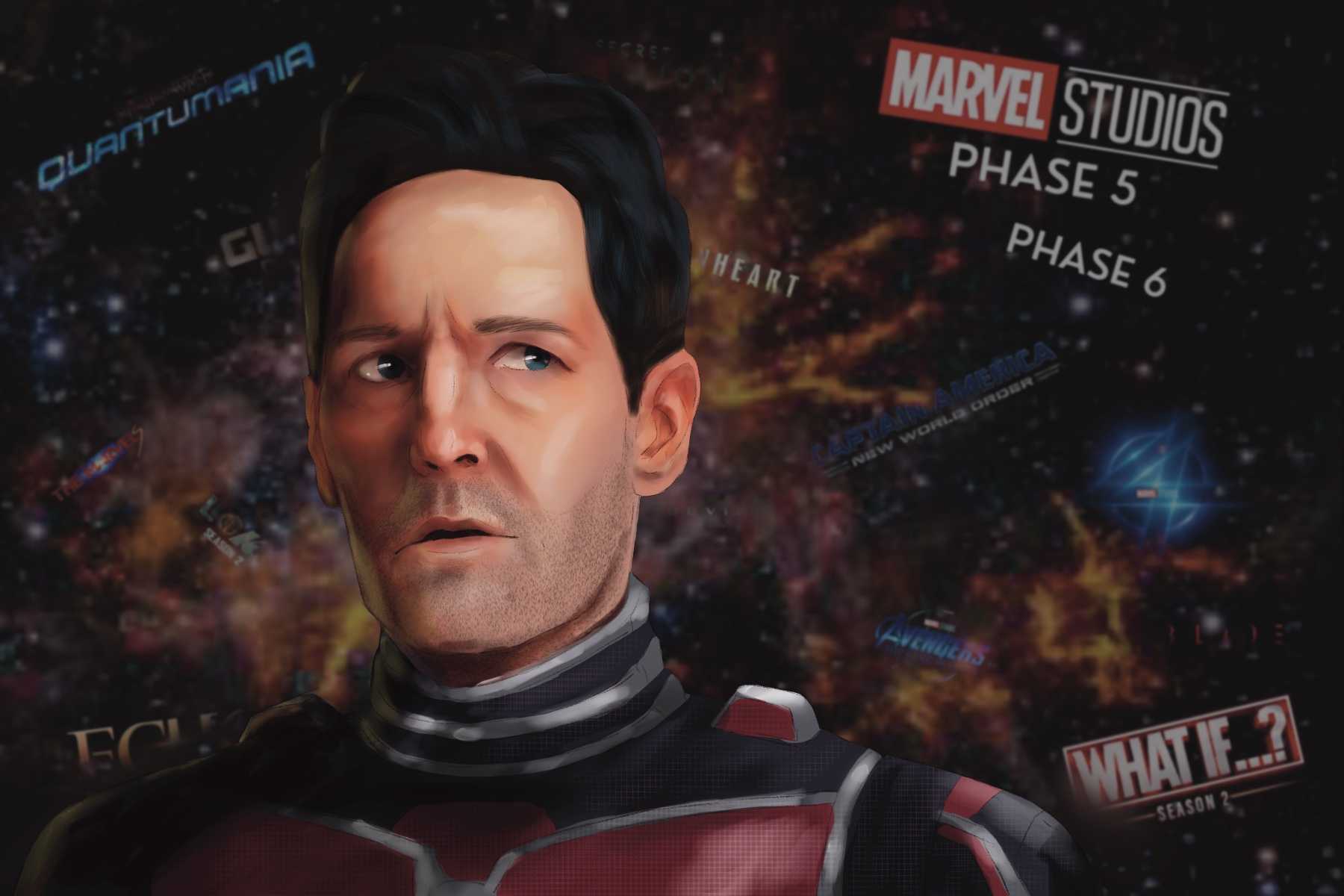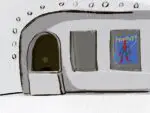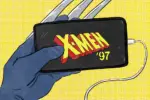After multiple release date changes, “Ant-Man and the Wasp: Quantumania” has finally been released in theaters. Marvel fans have long awaited the release of the first film of Phase Five, the newest era of Marvel content, as it helps set the tone for the rest of the phase. However, fans have had mixed feelings about the film. From high highs to low lows, “Quantumania” swings and misses in almost every category.
Before the film was released, a few things were certain based on the trailers. First off, most of the movie would take place in the quantum realm. Secondly, the narrative would make up for lost time, depicting the years when Scott Lang (Paul Rudd) was separated from his daughter Cassie (Kathryn Newton). Lastly, fans would finally be introduced to the integral character of Kang the Conquerer (Jonathan Majors).
Unfortunately, these storylines didn’t come together in a way that satisfied audiences, particularly in reference to lost time and fractured relationships. While the theme is sprinkled throughout, it feels as if the writers just went surface-level with it. The interactions between Cassie and her father feel forced and unnatural. One could try to attribute this to the various periods of time when Scott was absent from Cassie’s life, but it feels more like the fault of the writers and the lack of familial chemistry between the two actors. To top it off, the characterization of Cassie was very one-dimensional. She could’ve had the makings of a complex Gen-Zer with activism at the forefront of her mind, but instead, her activism and protests read as superficial. The film just doesn’t give its audience enough time to build a deep rapport with her in a way that is crucial for a storyline like this.
The environment of the quantum realm was also quite underwhelming. Marvel is known for its ability to build beautiful worlds that could only be imagined in someone’s wildest dreams. The quantum realm certainly had some of this embedded in it, however, most of the computer-generated elements felt cartoonish. This is exemplified through Corey Stoll’s character M.O.D.O.K., formally known as Darren Cross. His character was originally introduced in “Ant-Man,” but after being forced into the quantum realm he looks a bit different. This goofy reimagining of M.O.D.O.K. features an extremely large, disproportionate head, with tiny arms and legs encased in a mechanical body. Fans quickly turned on the character design, comparing it to George Lopez’s character in “The Adventures of Sharkboy and Lavagirl.” The CGI of the entire film left so much to be desired.
The thing that makes Marvel so great is its ability to imbue its various series of movies with distinct styles. This is far from the case in “Ant-Man and the Wasp: Quantumania.” The film loses what made its predecessors great: comedy. The comedic writing and timing were the highlight of the first two films, however, the comedy in this film felt like an afterthought. This can heavily be attributed to the absence of Ant-Man’s friends. The rag-tag group of Dave, Kurt and most importantly, Luis, is integral to the comedy in these movies. Their absence can be noticeably felt by audiences as there is no real replacement for the comedic relief they bring.
The one and only highlight of the film was Majors’ performance. Despite overall subpar writing and characterization, Majors was able to shine as the latest villain to grace the Marvel stage. His performance was terrifying despite his even-keel demeanor. Similar to Thanos, he wants to obtain power and obliterate certain populations. Nevertheless, while Thanos wanted to do it for the greater good due to overpopulation, Kang’s desires are purely selfish, as he just wants to rule over the multiverse. This difference is perfectly enacted by Majors’ portrayal; he comes off as cold, cruel and standoffish in a way that only a fierce conqueror of worlds, or in this case multiverses, can.
The largest pitfall of the film is seemingly also the goal of the entire thing: to set up the future of the Marvel Cinematic Universe. The introduction of the Kang the Conquerer variant is integral to the future of Marvel. Viewers know that he is the next major villain in the universe (especially since there is already a film named after him). While his introduction is incredibly important, it felt as if the movie was just a cog in the larger Marvel Universe. Rather than giving attention to the individual characters and their stories, the movie felt like a vessel solely made to introduce Kang. This makes it nearly impossible for audiences to engage with the film and its characters in any meaningful way.
Unlike its predecessors, “Quantumania” fails to catch the attention of Marvel’s sizable audience, leaving many fans to question where the future of the Marvel Cinematic Universe lies. While much is up in the air about the likeability and success of the forthcoming movies, only one thing can be certain. We haven’t seen the last of Kang.

















